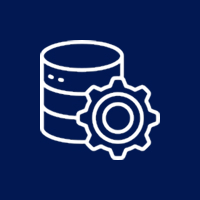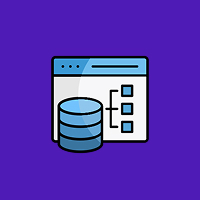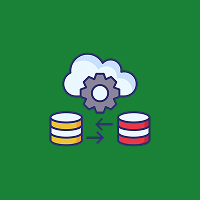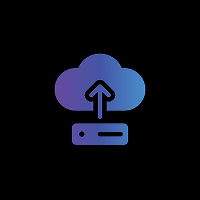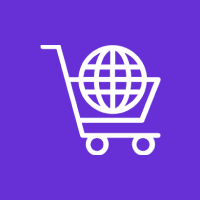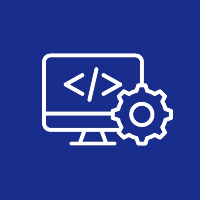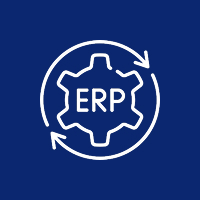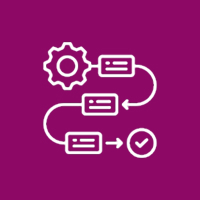As modern web applications move forward, emphasis on scalability and maintainability becomes imperative for both developers and organizations. Traditional monolithic frontend architectures can easily become a burden due to complex codebases, interdependent features, and lengthy deployment times.
This is where Micro Frontends come into play — a new architecture that helps to break larger frontend applications into smaller, self-contained modules, that can be developed, tested, and deployed individually.
When combined with Angular, a framework known for having a modular structure and a strong ecosystem, Micro Frontends becomes a powerful way to build scalable, maintainable, and high-performance applications for enterprises.
1. What Are Micro Frontends?
Micro Frontends applies the concept of microservices (which revolutionized the backend) to the frontend. This means rather than maintaining one giant application, the UI can be divided into several micro- applications with a separate piece of relevant business logic.
For example:
- A user management micro app can help regulate authentication and tasks inside of a profile setting.
- A product catalog micro app can regulate product listings, pricing, etc.
- A checkout micro app can handle payments, orders, etc.
What makes things even better is that each micro app can use a completely different technology stack or version of Angular while still being able to function together under the main shell application.
Key Benefits:
- Independent development and deployment
- Faster updating and rollback
- Better scalability and flexibility
2. Reasons to Choose Micro Frontends with Angular
Angular is a natural fit for Micro Frontends due to a modular design principle, dependency injection, and a component-based approach.
Benefits include:
- Strong Module System: NgModules in Angular not only organize logic, but also will always help give clear boundaries for your micro apps.
- Lazy Loading: Micro apps can load on demand improving performance and reducing load time.
- Shared Components: Services, components, and other utilities can be reused across multiple micro apps.
- Seamless Integration: Allows dynamic runtime loading with Webpack 5 Module Federation.
- Enterprise Ready: Well suited for a large organization that involves multiple teams working in the same codebase in parallel.
3. Using Micro Frontends in Angular
Utilizing the Webpack Module Federation is a typical way for using Micro Frontends in Angular.
Step by Step
Define the Shell and Remote apps:
The shell application is the primary container which dynamically loads remote applications.
Each remote application is an independent Angular application that hosts a single feature module.
Configure Module Federation:
In each application’s Webpack configuration, define which modules are exposed, and define which modules may be dynamically loaded at runtime.
Use Angular Routing to integrate:
In the shell application provide routes so that Angular can lazy load remote modules.
Share dependencies carefully:
When sharing dependencies be sure to share common Angular packages like @angular/core and @angular/common to avoid version changes.
Allow Independent deployments:
Each micro application should have its own CI/CD to allow for independent versioning, testing, and deployment.
4. Recommendations for Angular Micro Frontends
To help with seamless integration and future maintainability, consider the following recommendations:
Common Design System:
To support a consistent user experience and branding, use common UI libraries and or design systems such as Angular Material.
Dependency Isolation:
Make micro apps as independent as possible to minimize coupling of your modules.
Performance Consideration:
Improve the experience for the user by using techniques such as lazy loading, caching, and code splitting
Strong Communication Contracts:
Establish clear communication contracts using event driven communication or APIs for intra-micro app communication.
Automated CI/CD:
Automate building, testing, and deployment to make the update process more seamless and less error prone.
Constant Monitoring and Testing:
Implement observable tools to monitor for performance, stability, and errors across micro apps.
5. Example Applications of Angular Micro Frontends:
Enterprise Portals:
Multiple business modules such as Human Resources, Finance, and Operations can all be integrated into a single portal.
Ecommerce Platforms:
Independent modules for browsing products, processing payments, order tracking and customer service support flexible updates.
SaaS Platforms:
Circle-specific features can be released and deployed in their own timeline without impact to others.
Government & Healthcare Portals:
Users can still maintain greater separation for compliance, data and security, but offer a single user interface.
but are also not without their challenges:
- Complexity of Setup : It may become very complex to manage multiple builds and multiple deployments. Use a centralized CI/CD systems for consistency.
- Performance Overhead: Having too many micro apps can slow down performance and speed. Mitigate this via lazy loading and prefetching strategies.
- Version Compatibility: Prevent different versions of libraries mismatch through shared dependency management and semantic versioning.
- Cross App Communication: Use shared services or event bus for cross app communication in a secure and reliable manner.
Conclusion
Micro Frontends with Angular represent the future of scalable and modular web development. Teams can move faster with an innovation process, maintain and refactor cleaner codebases, and deploy updates for micro apps whenever they feel ready to deploy — all while improving usability & reliability and performance.
As Angular continues to evolve and tools, such as Webpack Module Federation become more mature, Micro Frontends will become a key strategy for organizations to build flexible web applications that are future ready and can scale with the organization’s growth.
Contact Us Today













 Database Development
Database Development





